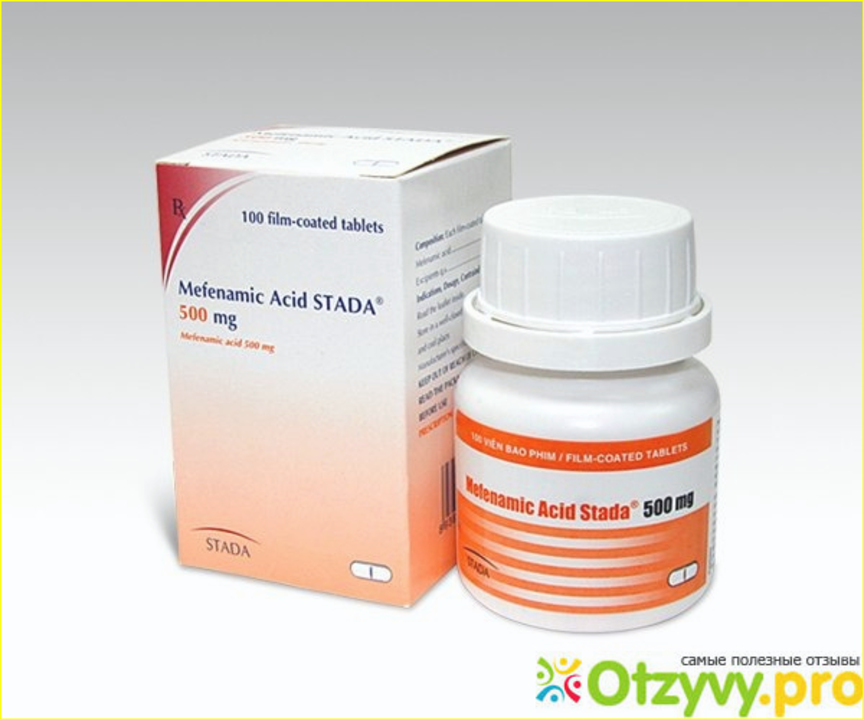Mefenamic Acid: What It Treats and How to Use It Safely
Need fast relief from period pain or a short bout of mild to moderate pain? Mefenamic acid is an NSAID many doctors prescribe for menstrual cramps and other short-term pains. This page gives clear, practical info—what it does, how people usually take it, and the safety points you should know before using it.
How mefenamic acid works
Mefenamic acid blocks chemicals in the body that cause pain and inflammation. That’s the same idea behind ibuprofen and naproxen, but mefenamic acid is often chosen for painful periods because it can work well for cramping. It usually starts to ease pain within an hour for most people.
It’s meant for short courses only. Doctors typically recommend it for acute pain events rather than long-term therapy, because long-term NSAID use raises the chance of stomach, heart, and kidney problems.
Safety, dosing, and practical tips
Typical adult dosing starts with a higher initial dose followed by smaller doses, for example a 500 mg first dose then 250 mg every 6 hours as needed. Do not exceed the maximum daily dose advised by your prescriber, and use the lowest effective dose for the shortest time—often no more than 7 days for a single episode of pain.
Take mefenamic acid with food to cut down on stomach upset. If you have a history of peptic ulcers, bleeding disorders, severe heart failure, or significant kidney disease, mention this to your doctor—NSAIDs can make these problems worse. Also avoid it in late pregnancy, since NSAIDs can affect the baby and labor.
Watch for common side effects like nausea, stomach pain, diarrhea, dizziness, or headache. Stop the drug and contact a doctor if you notice signs of a serious reaction: black or bloody stools, vomiting blood, sudden shortness of breath, chest pain, swelling of the face or limbs, or a severe skin rash.
Mefenamic acid can interact with other meds. Important ones include blood thinners (risk of bleeding), other NSAIDs (no extra benefit and higher risk), ACE inhibitors or ARBs and diuretics (kidney effects), lithium and methotrexate (higher drug levels). Always tell your pharmacist or doctor what else you’re taking.
If you’re unsure whether mefenamic acid is right for you, talk to a healthcare professional. For milder pain, simple options like paracetamol or NSAIDs such as ibuprofen may work. For menstrual problems that keep coming back, your doctor might suggest hormonal options or other treatments tailored to you.
Need quick takeaways? Use mefenamic acid short-term for cramps or acute pain, take it with food, don’t mix with other NSAIDs, and check with your doctor if you have heart, stomach, or kidney issues—or if you’re pregnant or breastfeeding.

